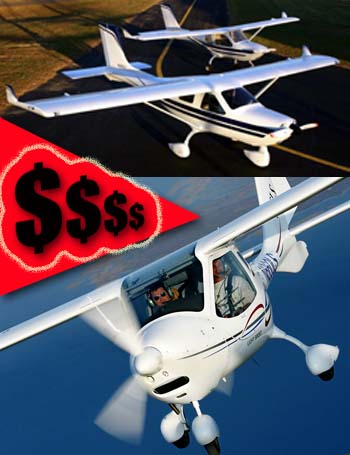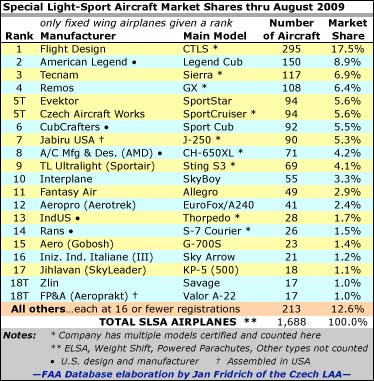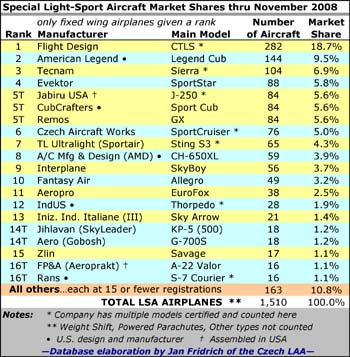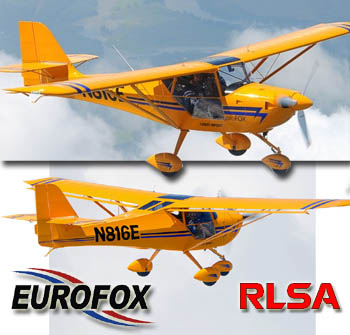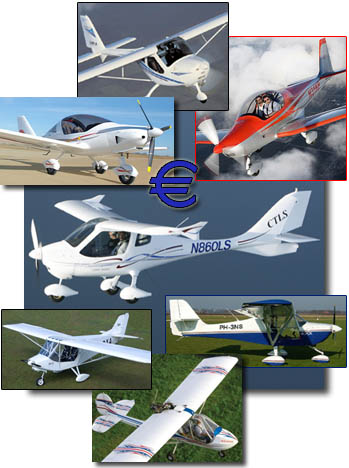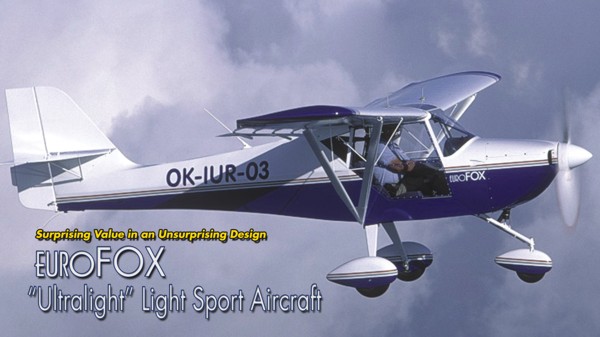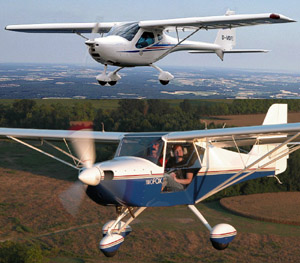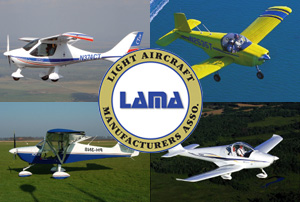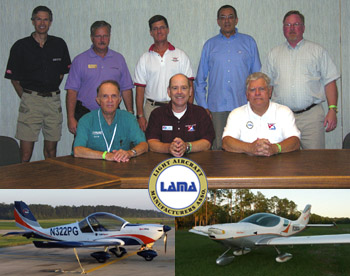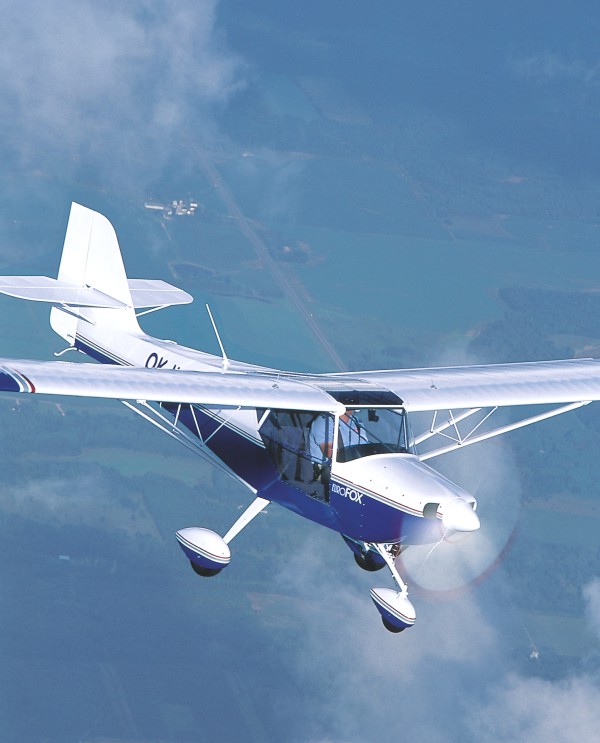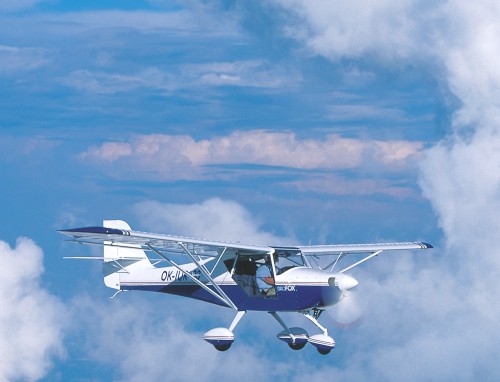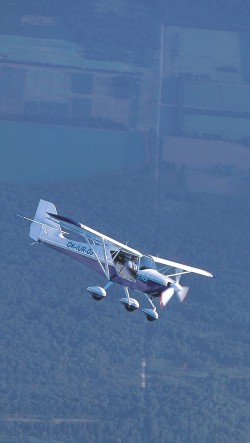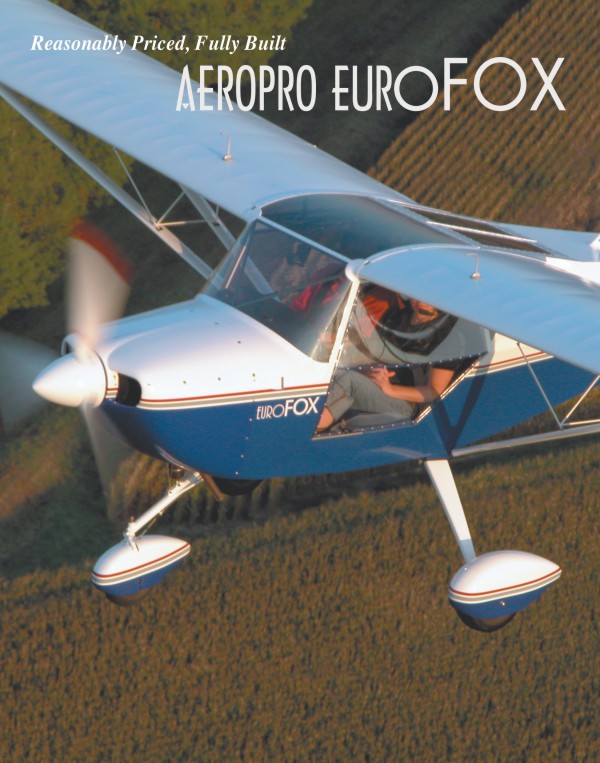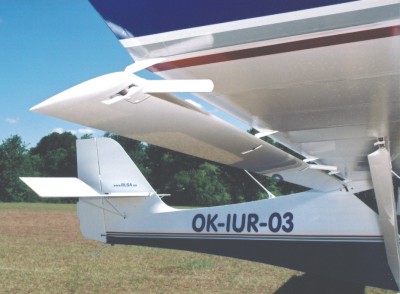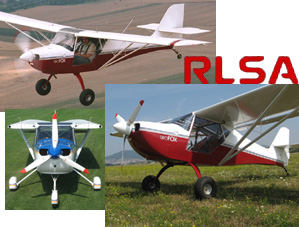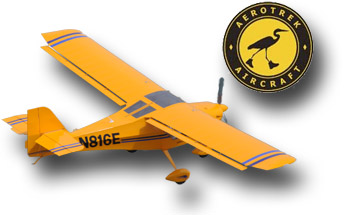
Aerotrek may be one of those “sleepers.” You know, the kind of company that does well, has few problems, and doesn’t need to make a lot of noise to be successful. Aerotrek’s tri-gear and taildragger models look great, fly well, and are priced so reasonably that sales are remarkably steady. The company ranks #12 in fleet size and came in fifth for 2011 registrations. The numbers aren’t big but they could be bigger, said importer and longtime light aviation specialist Rob Rollison. *** Rob noted their last year registration was “way below what it should have been, but [the manufacturer] Aeropro wasn’t able to ramp-up production quickly enough to keep up with increased demand for our planes starting in late 2010.” He continued, “They also had production delays during 2011 as they worked to get UK certification but this was quite worthwhile, resulting in a few nice improvements to our planes.” *** I can add that I know something about British certification and it is one of the most demanding systems in the world.






